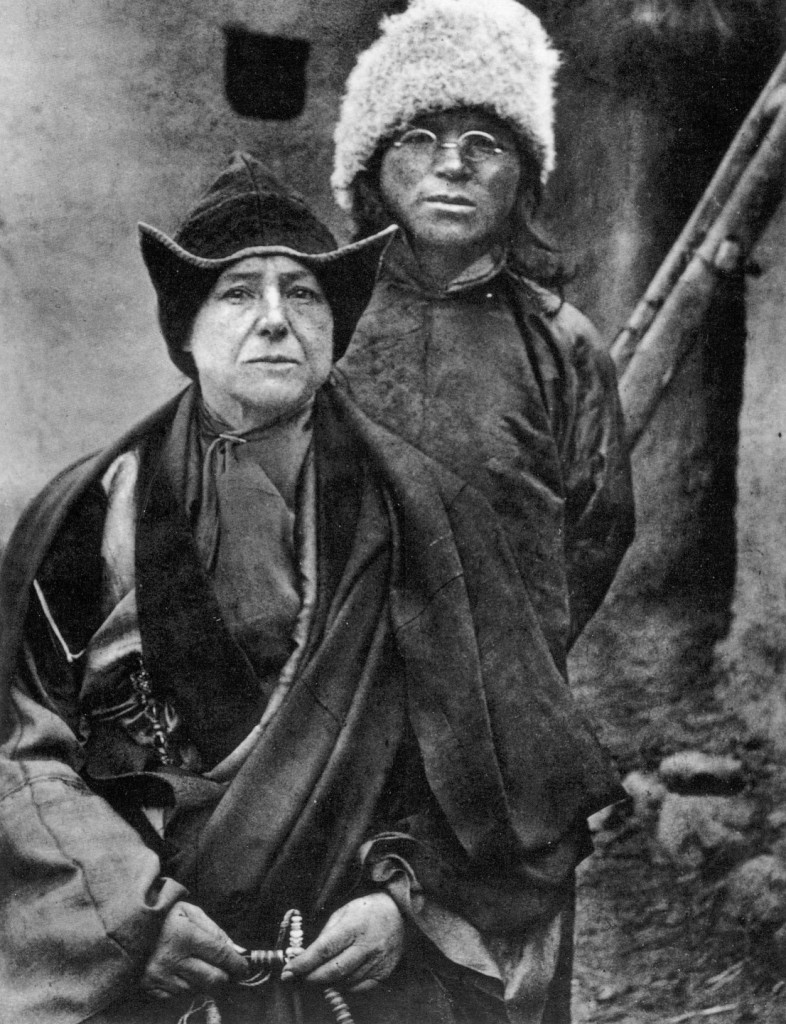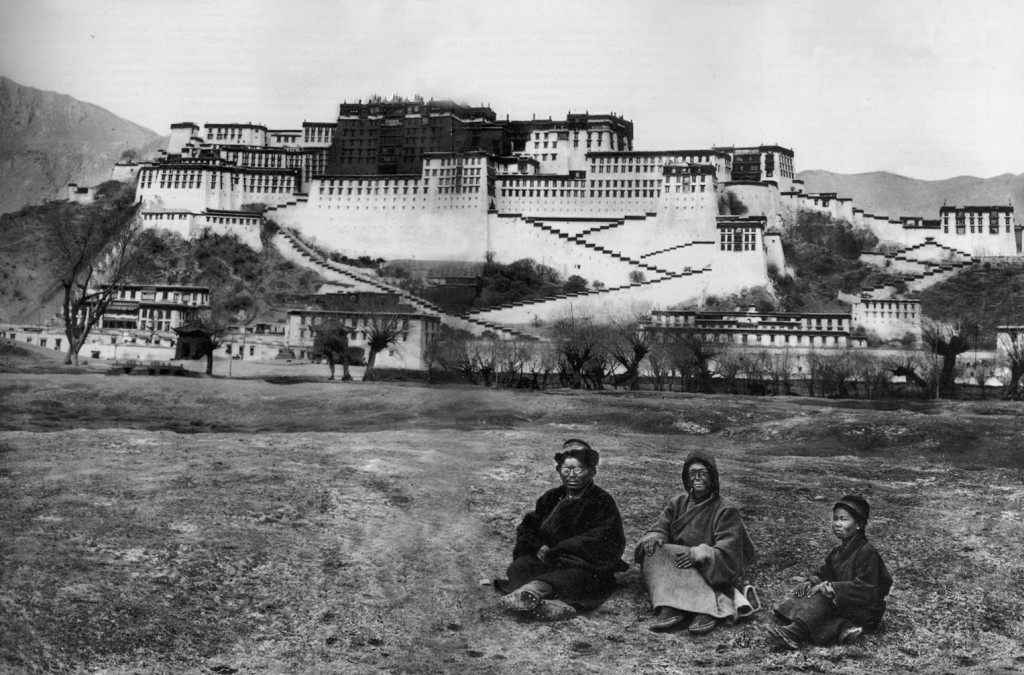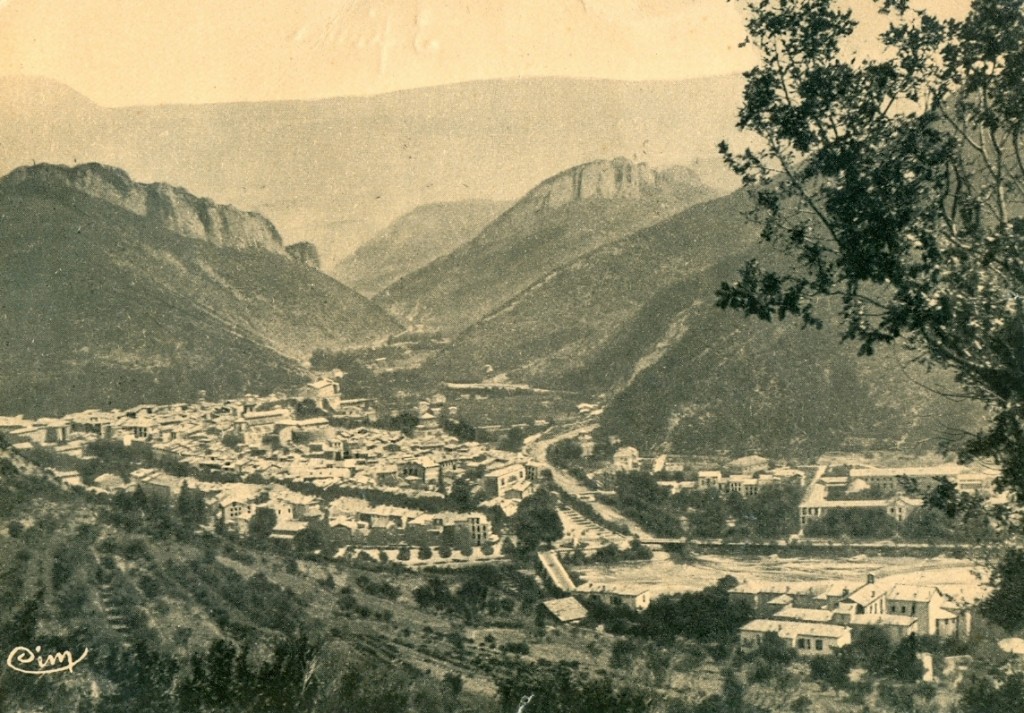ITER NEWSLINE
118
The old lady and the Himalayas
Robert Arnoux
The old lady and the Himalayas

Alexandra and Lama Arthur Yongden, whom she met in 1914 and was later to adopt. © Archives Fondation Alexandra David-Néel—Ville de Digne-les-Bains
In 1928, she had purchased a house in Digne that she named Samten Dzong, the Fortress of Meditation. This is the place she would briefly come back to and rest between her long journeys to the far reaches of the Himalayas. Why Digne? The mountains around the somnolent little town reminded her of Tibet, where she had lived as a hermit, witnessed prodigies and received the teachings of the high lamas of the kingdom.
How this daughter of a petit bourgeois family became the first western woman to enter Lhasa—the forbidden capital of Tibet—is a most extraordinary story.
Alexandra was a restless child. She would seize any occasion to run away and explore the world around her. At five she was found alone, at nightfall, in Paris Bois de Vincennes; at 15 she ran away to London, where she became acquainted with Buddhist philosophy through the famed Theosophical Society; at 22, a small inheritance enabled her to take a year-and-a-half long trip to Ceylon and India; at 43, she left Europe for good and headed off on a lifetime voyage to Tibet.

Alexandra in, dressed as a beggar and face covered in grease, Lama Yongden, and a young Tibetan pose upon the backdrop of the Potala Palace, in Lhasa, Tibet's capital, in 1924. © Archives Fondation Alexandra David-Néel — Ville de Digne-les-Bains
From the early 1900s until 1946, she penetrated deeper and deeper into the mysterious Himalayan kingdoms, sometimes dressed as a beggar or a pilgrim accompanied by a young lama she had adopted, seeking wisdom through study, asceticism and meditation.
Back in Digne, where she settled permanently at 78, she devoted her time to writing. Alexandra David-Néel authored some 25 books narrating her travels, exploring Buddhist philosophy and Tibetan language, and sometimes making incursions into the magic and the occult.

The somnolent town of Digne, nesting at the foot of the "Lilliputian Himalayas," at about the time Alexandra purchased her house there.
Alexandra's spirit still lingers in Samten Dzong, where most of her sparse belongings have been preserved by her faithful secretary Marie-Madeleine: notebooks, cameras—she was an excellent photographer—photo albums, the small camping table on which she wrote ...
The house is now a museum and Tibetan cultural centre—a small fragment of the High Kingdom at the foot of what Alexandra called the "Lilliputian Himalayas."
return to Newsline #118




